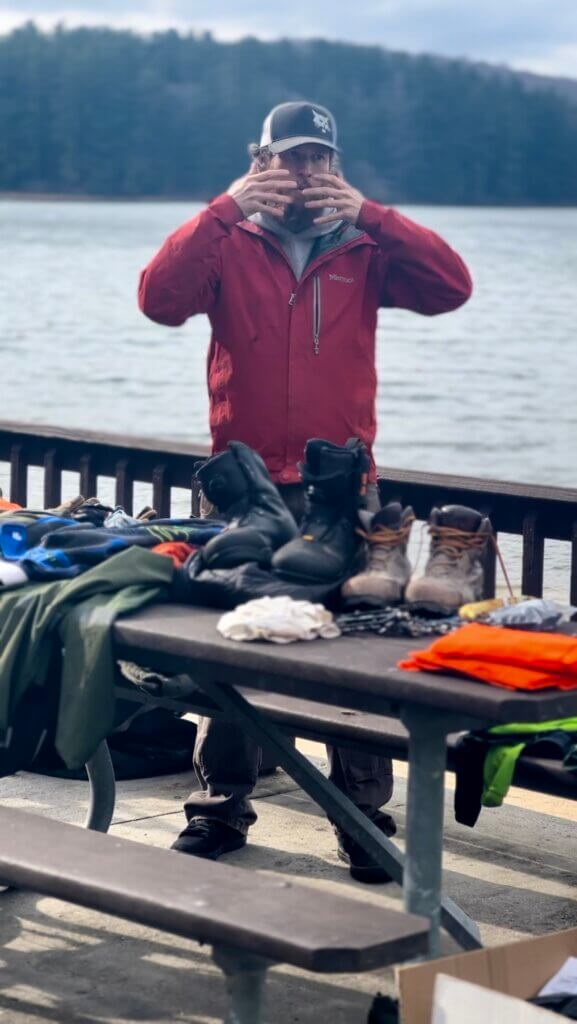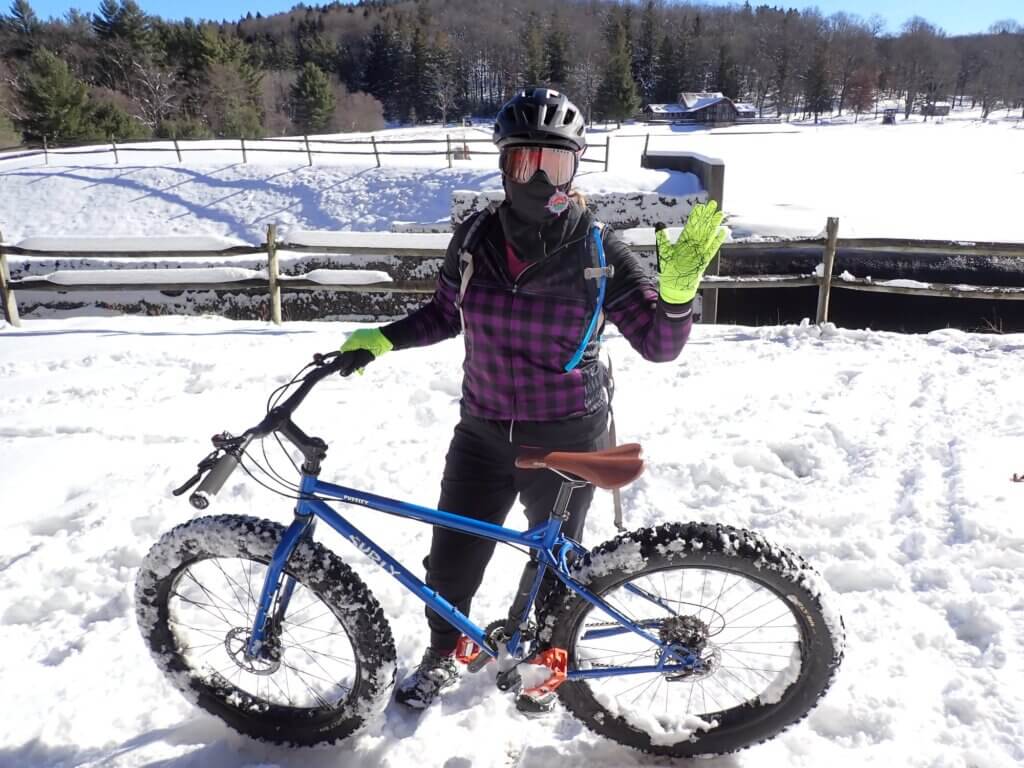By Zachary Adams, Trail Labs WV & Appalachian Dirt
Cold weather riding offers a unique experience. However, it’s crucial to understand how to manage the cold effectively. In this guide, we will explore the essentials of riding in cold conditions, focusing on body response, gear selection, and the amazing world of fat bikes.
Understanding Your Body in the Cold
In cold conditions, your body prioritizes protecting vital organs by directing blood flow to the core. This natural response can leave your extremities, like hands and feet, feeling much colder.
Medical Considerations
Raynaud’s Syndrome: A condition affecting blood flow to certain parts of your body, often noticeable in fingers and toes.
Hypothermia: Occurs when your body loses heat faster than it can produce, causing a dangerously low body temperature.
Frostbite: The freezing of skin and underlying tissues, commonly on fingers, toes, nose, and ears.
Nerve Damage: Prolonged exposure to cold can lead to permanent nerve damage, often in extremities. A result of frostbite.
Route Planning and Moisture Management
Choose routes wisely, avoiding long descents which can lead to cooling down. Opt for sheltered paths like wooded areas to minimize wind chill. Moisture management is key. Try to avoid sweating excessively.
Plan your rides with stops at coffee shops or similar places where you can warm up, refuel, and hydrate.
Fuel and Hydration in Cold Weather
Regular intake of food is essential. Aim for about 150 calories every half hour. For freezing water bottles, a splash of whisky can prevent freezing and store them upside down on your bike. If using a camelbak, blow back the water to prevent the hose from freezing.
Gear Selection for Different Temperatures
Above 50 Degrees
Wool base layer, regular riding socks, neck gaiter, and standard riding shoes.
Around 50 Degrees
Wool base layer, performance socks, neck gaiter, and riding boots that are insulated and waterproof.
Around 30/40 Degrees
Fleece bib shorts, fleece-lined leg warmers, thin wool base layer, thick wool socks, neck warmer, and a soft-shell layer for wind protection. Use a waterproof/windbreak jacket if wet.
Around the Teens
Opt for wool over tech fabrics. Include an insulated hat under the helmet. Carry a puffer jacket, space blanket, and thick gloves in your frame bag.
The World of Fat Bikes
Fat bikes, with their wide tires ranging from 3.8” to 5.1”, are perfect for tackling snowy and icy trails, offering stability and traction in challenging conditions.
Final Piece of Advice
The most crucial tip for cold-weather riding: if you’re too cold, don’t hesitate to walk your bike. Safety and comfort should always be your priority.
Stay warm, stay safe, and enjoy the unique beauty and challenges of cold-weather riding!





